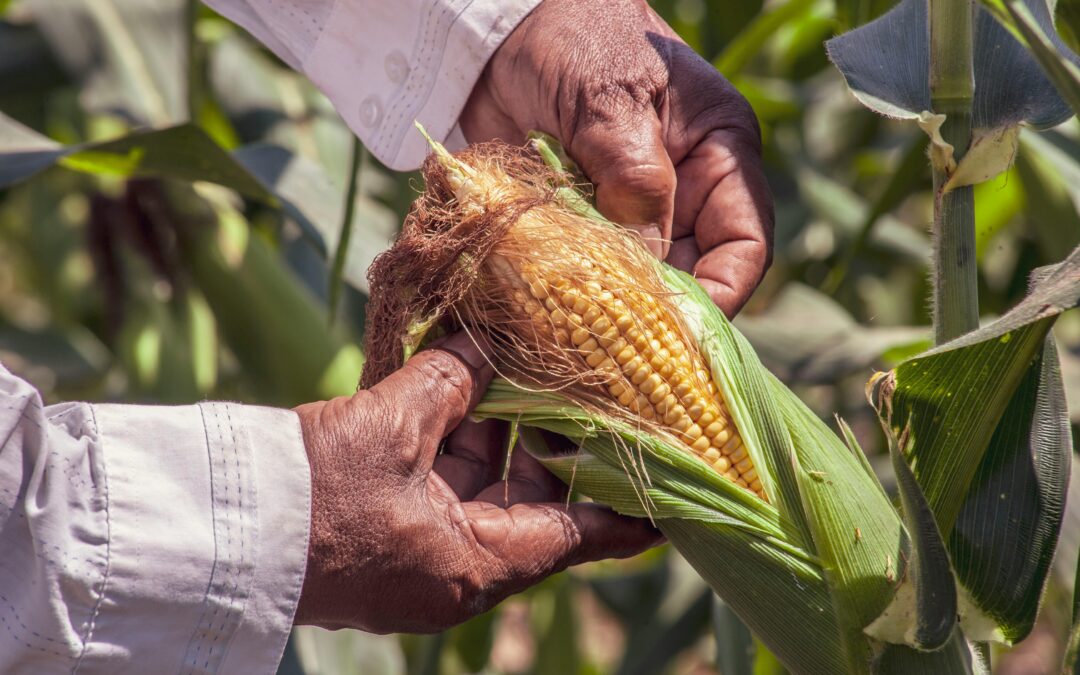What does “new cloth” represent?
(Mark 2:1 -3:35) Blog July 14-20, 2024
Prepared by Richard A. Marin: <PresentTruthLRI@gmail.com>
REVIEW: Mark begins his account of the Gospel with Jesus’ baptism by John and shows how he called assistants, did healings, and spent time in prayer so the Gospel could be preached throughout the land of Israel.
Faith and Forgiveness
1. When Jesus was again able to enter Capernaum, what did he do? Back in town Jesus was teaching the Scriptures while crowds filled the house where he taught (Mark 2:1-2, 13).
2. How did Jesus see the faith of the four men that carried a paralytic to him? Their faith was shown by their actions, for they not only carried the paralytic from his home to Jesus but also uncovered the roof to lower him into Jesus’ presence (Mark 2:3-5; James 2:17-18).
3. Why didn’t Jesus heal the paralytic right away? Jesus knew that it was through a life of sin that the man had come to this condition & that no blessing was greater than the forgiveness of sins, so he proclaimed those sweetest words to him first (Mark 2:5; Matt. 9:2; John 5:14).
4. How did the scribes sitting in the house react to Jesus’ words? The scribes reasoned in their hearts that only God could forgive sins so Jesus must be blaspheming (Mark 2:6-7).
5. How did Jesus demonstrate that he was God and had the authority on earth to forgive sins? Jesus healed the man of his paralysis (Mark 2:8-12).
6. What other principle should we gather from this story? This story illustrates the principle that forgiveness precedes healing, that justification precedes sanctification, that God’s forgiveness comes prior to the indwelling of God’s Spirit (Mark 2:5-12; 2 Chron. 7:14; Psa. 103:3; Luke 7:47; Acts 2:38).
New Wine
7. What should we learn from the fact that when Levi Matthew was called to follow Jesus the feast he gave included lots of publicans and sinners? Since Levi Matthew was a hated publican (tax collector) himself & his friends were publicans & sinners it shows that Jesus loves & will accept the worst of sinners (Mark 2:14-16; Rom. 5:8).
8. Why is it useless to call the righteous to repentance? Those who are truly sinless need no repentance & those who think themselves righteous feel no need of repentance (Mark 2:17; 1 Tim. 1:15).
9. In his answer regarding fasting, who did Jesus identify himself as? Jesus identified himself as the promised, heavenly bridegroom (Mark 2:19-20; Isa. 54:5; 62:5; Matt. 25:1; John 3:29; 2 Cor. 11:2; Eph. 5:25).
10. What do “new cloth” and “old garment” represent? The teaching of John the Baptist & of Jesus is like “new cloth” that cannot be interwoven with the “old garment” of tradition, superstition, & ceremonies taught by the Pharisees (Mark 2:21; 7:13; Matt. 23:25).
11. What do “new wine” and “old bottles” represent? The disciples of John the Baptist & of Jesus are like “new bottles” for they are free from Pharisaical prejudice & open to receive new doctrine (“new wine”) which the Pharisees like “old bottles” were too brittle to change their warped thinking & receive “new wine.” Jesus did not choose them to be his disciples (Mark 2:22; Matt. 23:4; 1 Cor. 1:26-28).
12. What principle was Jesus trying to teach the Pharisees when they accused his disciples of breaking the Sabbath? Jesus sought to show the Pharisees that all their manmade rules for Sabbath observance were in opposition to a loving God who made the Sabbath to be a delight for humanity. God never intended the Sabbath to be a burden that overshadowed human need (Mark 2:23-28; Gen. 2:2-3; Isa. 58:13-14).
13. How does the synagogue story recorded at the beginning of Mark 3 illustrate the two distinct attitudes towards Sabbath observance? When Jesus helped a man in need on the Sabbath, the Pharisees were so obsessed with their petty rules that they sought means to destroy Jesus. One attitude was to help those in need, the other was to maintain a contrived system of religion that in no way reflected a loving God (Mark 3:1-6; John 3:16).
Organizational Priorities
14. When Jesus chose, ordained, and organized his twelve disciples (into four groups of three) to preach and to heal, what happened? Crowds of people surrounded Jesus & his disciples insomuch that they couldn’t even eat & his friends tried to pull him away, saying he has gone mad (Mark 3:13-21; 6:31).
15. When the Scribes from Jerusalem accused Jesus of casting out devils using the power of Satan, how did Jesus respond? First Jesus showed how ridiculous it would be for a kingdom or house to fight against itself. Then Jesus warned that calling the work of God that of the devil would leave no room for repentance & forgiveness (Mark 3:22-30).
16. What examples does the Bible give of people who have committed the sin against the Holy Spirit? Pharoah who hardened his heart against overwhelming evidence; Korah, Dathan, & Abiram in their refusal to accept the clear message from God; & Annanias & Sapphira who lied to the Holy Spirit all committed the sin against the Holy Spirit (Mark 3:28-29; Ex. 7:10-13; Num. 16:24-35; Acts 5:1-11).
17. When Jesus’ family came calling him, what lesson did Jesus teach? Jesus told the crowd that those who believed in him & did God’s will were closer to him that his own family (Mark 3:31-35; Prov. 18:24).

